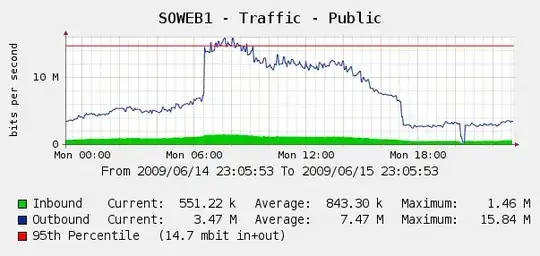We were a little surprised to see this on our Cacti graphs for June 4 web traffic:
We ran Log Parser on our IIS logs and it turns out this was a perfect storm of Yahoo and Google bots indexing us.. in that 3 hour period, we saw 287k hits from 3 different Google IPs, plus 104k from Yahoo. Ouch?
While we don't want to block Google or Yahoo, this has come up before. We have access to a Cisco PIX 515E, and we're thinking about putting that in front so we can dynamically deal with bandwidth offenders without touching our web servers directly.
But is that the best solution? I'm wondering if there is any software or hardware that can help us identify and block excessive bandwidth use, ideally in real time? Perhaps some bit of hardware or open-source software we can put in front of our web servers?
We are mostly a Windows shop but we have some Linux skills as well; we're also open to buying hardware if the PIX 515E isn't sufficient. What would you recommend?
